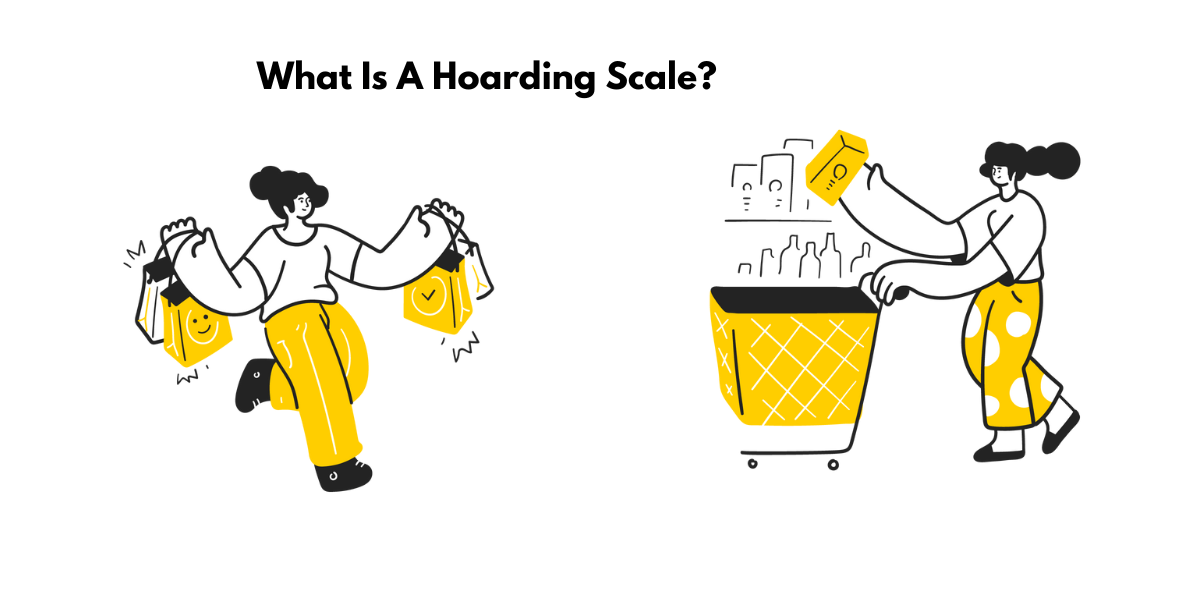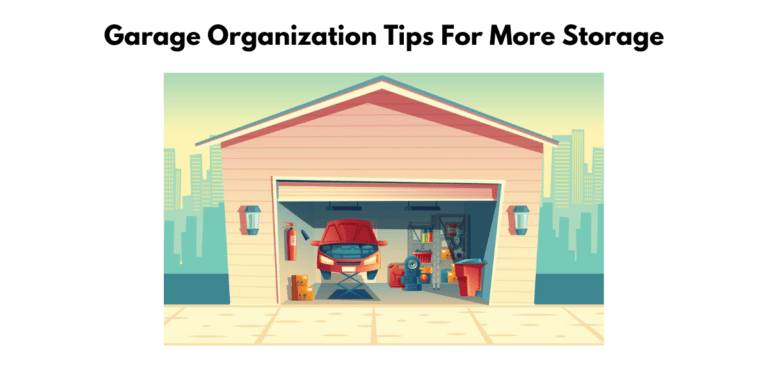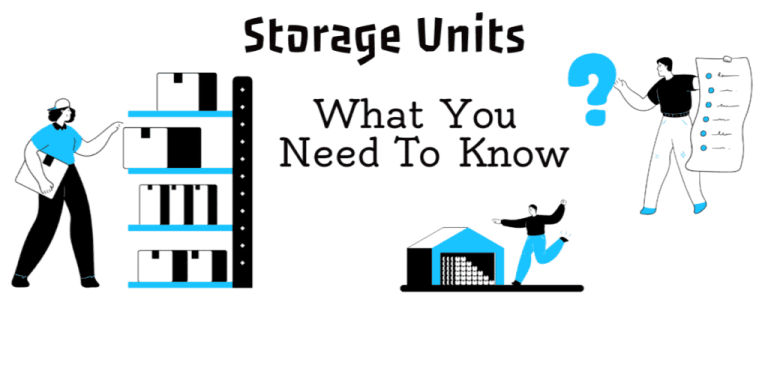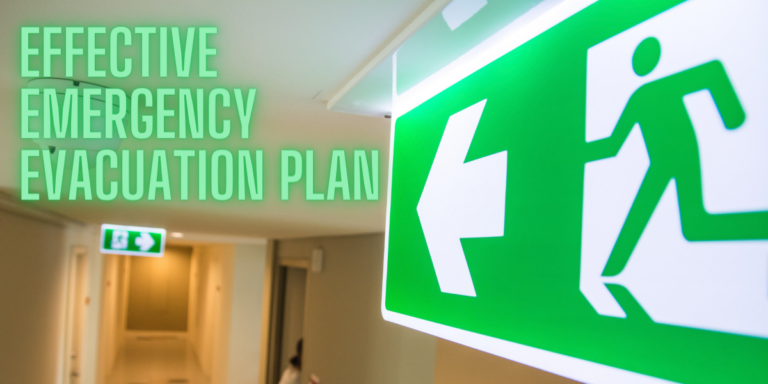The Clutter Hoarding Scale: Assessing the Severity of Your Problem
The Hoarding Scale
Hoarding is defined as the acquisition of many possessions, where said items have no value to the individual. The definition can be split into two parts:
- The acquisition of items.
- The failure to discard a large number of possessions.
The second part is key in differentiating hoarding from collecting or simply owning a lot of stuff.
The Clutter Hoarding Scale is a measure that has been developed to assess the severity of hoarding behavior. The hoarding scale has excellent sensitivity and specificity in diagnosing hoarding. The hoarding scale can accurately identify if a person has a hoarding problem and how severe it is.
The Clutter Hoarding Scale is a measure to assess the severity of your problem. The scale is based on the Diagnostic and Statistical Manual of Mental Disorders, Fifth Edition (DSM-5), listing hoarding disorder (HD) as an anxiety disorder. HD is driven by an exaggerated perceived need to keep items and save them from loss. The patient’s fears are related to beliefs in their ‘valuable’ or ‘needed later.’
Hoarding Disorder (HD) is a condition that is related to Obsessive-Compulsive Disorder (OCD). People who suffer from HD typically fear losing things and hold distorted beliefs about the importance of their possessions. The clutter caused by hoarding often results in social and occupational impairment. HD patients are not the only ones with challenges. Family members and friends of hoarders also experience many difficulties.
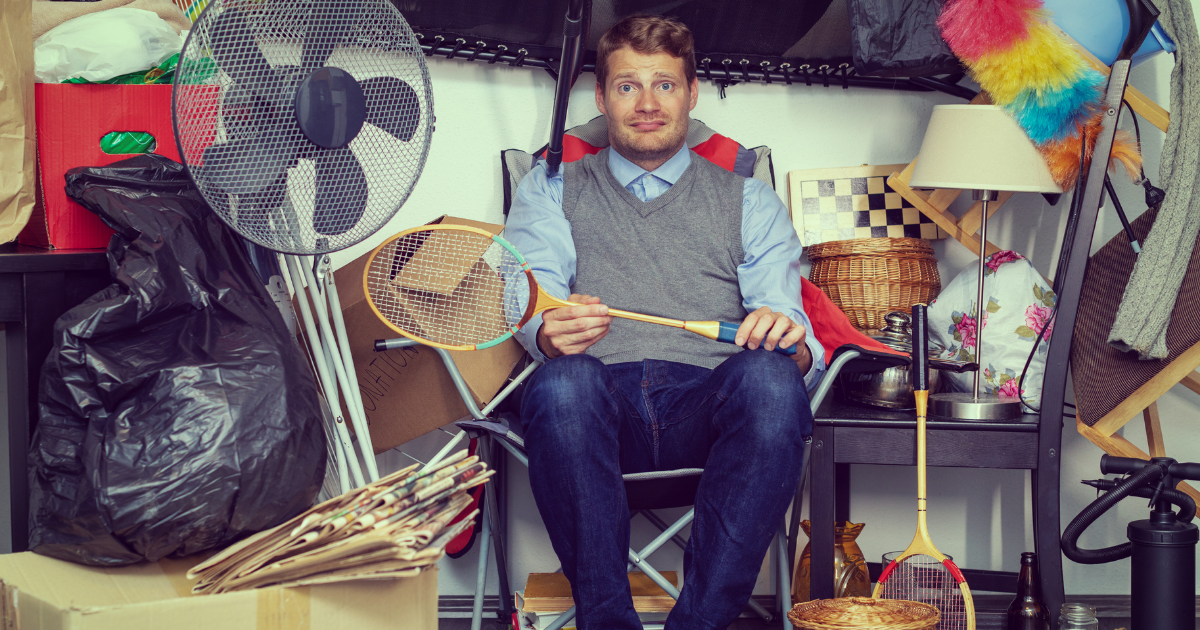
What are the signs of hoarding?
Hoarding disorder is a mental health condition characterized by an excessive amount of clutter in the individual’s home. This can lead to financial strain and strained relationships. Individuals with hoarding disorder will often have difficulty parting with objects, even if they are no longer useful.
Many hoarding people are ashamed of their condition and try to hide it from family and friends. Unfortunately, this often leads to further isolation. In addition, there are a few other signs that may indicate someone is struggling with hoarding. For example, children may experience depression from living in a hoarded home, while adolescents and teens may avoid inviting friends over due to embarrassment.
Living in a cluttered and dirty environment can seriously impact your physical and emotional health. It is difficult to find things in such an environment, but the stress of trying to keep everything organized can be overwhelming. In addition, children who grow up in homes with severe hoarding may feel resentment and anger towards their parents.
Unfortunately, hoarding can have severe consequences for the hoarder and their family. Some children are removed from their homes due to health hazards caused by hoarding. The hoarder’s quality of life diminishes over time, and they often feel ashamed, isolated, and embarrassed.
How does hoarding affect the individual?
Hoarding is a disorder characterized by the excessive acquisition and storage of possessions to the point where it interferes with an individual’s ability to use their living space practically. It often co-occurs with other psychiatric diagnoses, such as major depressive disorder and social anxiety disorder. Insight into hoarding may be low for many people, making it more difficult and stressful to address the problem. Social isolation is also commonly associated with hoarding.
Fire safety is a major concern for people who hoard. The accumulation of possessions in the home often causes property or structural damage and fire risks. 60% of fires caused by hoarding are not contained in the room of origin. Paper and clothing are the most commonly amassed items in hoarded homes.
Hoarding can have a significant impact on the individual and those around them. People with hoarding problems often live alone, leading to dangerous situations. For example, 24% of preventable fire fatalities in Melbourne, Australia, were connected to hoarded homes over ten years. Additionally, concerns about hoarding can lead to the involvement of protective service agencies. This is especially true for those living with children, frail elderly, or disabled family members.
How does hoarding affect the family?
Children of hoarders often grow up feeling resentful and embarrassed of their parents. The unhealthy lifestyle caused by hoarding can lead to resentment in some children. They may also ask themselves how embarrassed they would be if someone saw their clutter today or how much excess buying or acquiring of things is a problem in their life.
People who hoard often feel immense anxiety when they think about getting rid of something, even if it’s something that they will never use. They may also have a strong urge to keep things that other people might not deem valuable. Hoarding can severely affect personal relationships, socialization, work productivity, and daily functioning.
Hoarding can have a significant impact on the family. Signs that hoarding has reached a level of severity are as follows:
- Do routine tasks take longer than they should, either because of clutter or a need to do things completely or perfectly?
- Is there an inability to discard items, even if they are useless?
- Are there problems with hygiene and pests?
- Is living space at a premium because of the amount of stuff owned?
- Are family members reluctant to visit for fear of how bad the hoarder’s home is?
How does hoarding affect the community?
Hoarding can have significant consequences on not just the hoarder but also their family and friends. Excessive shopping can lead to financial strain, relationships become strained, and in serious cases, hoarders may lose housing due to eviction or condemnation.
Living with a hoarder can have a serious impact on children. They may experience depression or another mental condition due to their living situation. Hoarding consists of three components: acquiring many possessions, storing items and not discarding unused objects, and keeping or storing them in such a way that it interferes with daily living. This often leads to severe neglect of living space. Compulsive hoarding is also called obsessive-compulsive hoarding; this means that the person has intrusive thoughts about getting rid of things and experiences great anxiety if they try to discard any object.
Diogenes syndrome is a psychiatric disorder that was first described in 1975. It is characterized by extreme self-neglect, social withdrawal, and refusal of help. This behavior is seen in 5 per 1000 elderly in the community and may be a primary or secondary problem.
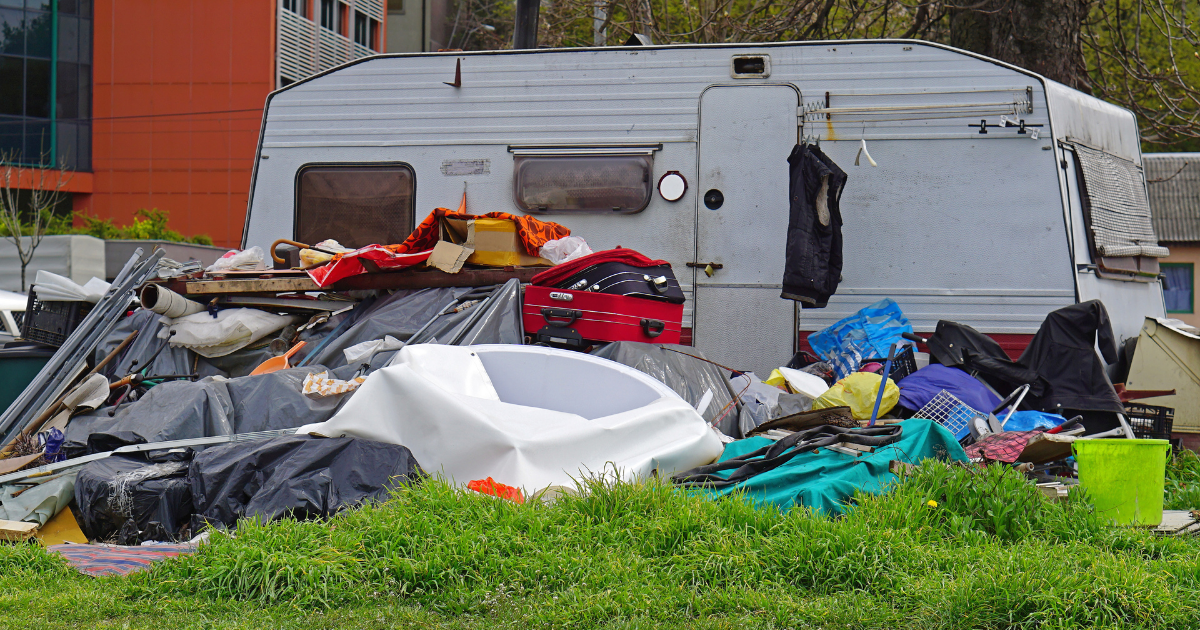
Are there different stages of hoarding?
There is no one-size-fits-all definition of clutter. What may be considered cluttered to one person may not be cluttered to another. However, some general characteristics are often associated with hoarders. Men are more likely than women to experience hoarding disorder, and older people aged 55-94 are three times more likely to be hoarders. Some scales help assess the severity of hoarding. The Clutter Hoarding Scale (C-HS) is based on a scale from 1 to 10, with 1 being clutter and 10 being minimal clutter.
There are different levels of hoarding that can be assessed with the Clutter Hoarding Scale. Psychologists and mental health professionals use this hoarding scale to determine how severe a person’s hoarding problem is. The hoarding scale can also be used for research purposes to help better understand the causes and effects of hoarding.
What are the different levels of hoarding?
The prevalence of hoarding disorder is difficult to estimate, but experts believe it’s anywhere from 2-6% of the population. This means that around 1 in 20 people may have a hoarding disorder.
Older people (55-94) are three times more likely than those aged 34-44 to be hoarders. This may be because older adults have had more time to accumulate items, or they may be less able to discard items due to physical or cognitive limitations.
The ICD Clutter–Hoarding Scale™ is a tool used by clinicians and researchers to help determine how much clutter someone has. It consists of 10 questions that different rate areas of someone’s life where clutter may be an issue.
The International OCD Foundation Hoarding Centre uses the Image Rating, which rates what level of clutter someone has based on pictures. The scale goes from 0 (no clutter) to 4 (severe).
What is the hoarding scale?
The hoarding scale is a measure of the cost of compulsive hoarding. It was developed by researchers at the University of California, Los Angeles (UCLA), and the International Classification of Diseases (ICD) offers an evaluation of hoarding behavior.
On average, those who hoarded had an annual income of $21,000 and lived with eight other people in their homes. The ICD hoarding scale is based on factors such as a) whether household appliances are functioning, b) the degree of infestation in living areas and outside the home, and c) health hazards in homes. However, it does not evaluate a person’s level of social interaction, which can be an important factor when dealing with hoarding behaviors.
Some individuals who hoard may do so to manage their anxiety and distress. The UCLA Hoarding Severity Scale rates how much clutter is present in a person’s home on a 10-point scale from 0 to 9, with nine being the most severe.
When faced with the task of discarding something, some people might experience a mild level of anxiety. In contrast, others might experience extreme anxiety and social fallout from its effects on their relationships or ability to work and function normally in daily life.”

What causes hoarding?
There is no one cause of hoarding. Rather, it is likely that various factors contribute to the development of hoarding disorder. These factors may include genetic vulnerability, life experiences, and psychological characteristics.
Hoarding disorder is a mental health diagnosis in the DSM-V. To be diagnosed with hoarding disorder, you must meet certain criteria, including significant distress. Additionally, hoarders often have clutter and congestion, making living areas unusable.
Hoarding is not related to other medical issues like dementia or Alzheimer’s disease. However, some people with hoarding disorder may also struggle with other mental health conditions like anxiety or depression.
There are three levels of insight associated with hoarding disorder: good, moderate, and poor. People with good insight recognize that their behaviors are problematic and want to change them. People with moderate insight know that their behavior causes problems but do not necessarily want to change them. Finally, people with poor insight do not see their behavior as problematic and may even think it is helpful.
What are the treatment options for hoarding?
There are a few different treatment options for hoarders: medication, psychotherapy, or a combination of the two. While there is no one-size-fits-all solution for hoarders, some therapy options are more effective than others.
Cognitive-behavioral therapy (CBT) successfully reduces the severity of hoarding behaviors. This type of therapy helps people understand why they hoard and how to change their thoughts and behaviors related to acquiring and storing items. CBT can be done individually or in groups, and it usually lasts around 16 weeks.
If someone struggling with hoarding finds that medication helps them manage their symptoms, they may also want to consider taking medication along with CBT. Medications like antidepressants can help lessen the anxiety and depression that often accompany hoarding disorder. However, not everyone responds well to medications, so it’s important to work with a doctor to find the right drug and dosage level.
Family members or friends may try repeatedly convincing the hoarder of their need for help before seeking outside assistance themselves if they are unsuccessful in getting the individual to seek treatment voluntarily. Guardianship may need to be accepted on behalf of an incapacitated person to receive the necessary services.
The decision-making capacity in severe hoarder cases often limits the ability of someone to make decisions on their behalf, so outside help may be needed to get them the treatment they need.
- The Clutter Hoarding Scale: Assessing the Severity of Your Problem - October 28, 2022
- Self-Storage Facilities FAQ – Answers to the most common questions about storage units - December 2, 2021
- Home Storage: The Perks and Hidden Risks of Storing Things at Home - November 11, 2021

